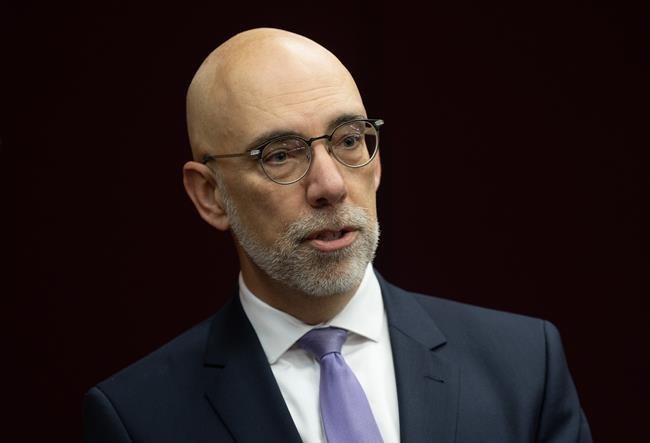OTTAWA — The parliamentary budget officer says the Defence Department is planning unprecedented capital spending in the coming years, raising concerns about the effect of inflation.
In a new report, Yves Giroux assessed 20 years of planned capital spending under Canada's 2017 defence policy, billed "Strong, Secure, Engaged."
He found planned spending is $50.8 billion more than it was two years ago, mostly because of Norad modernization and new procurements.
Capital spending is set to be at least $10 billion a year, hitting a peak in the 2027-28 fiscal year at $18 billion.
Delays in military procurements have meant the department spent almost $12 billion less than it planned since 2017.
Giroux says pushing that spending into later years raises concerns that inflation will reduce the government's purchasing power.
"Increased spending in later years is subject to greater discounting from inflation and further compounded by expected increases in defence procurement inflation as found by previous PBO reports," the report said.
The report found 62 per cent of capital spending has shifted to the latter half of the 20-year period instead of being evenly split, as it was when the PBO last reported on it in 2022.
In June 2022, the Defence Department announced plans for a major modernization of Norad infrastructure and capabilities that is expected to cost $38.6 billion over 20 years.
Much of that spending is set to take place after 2030.
The government has also announced several major procurements since 2022, including plans to buy 88 F-35 fighter jets at a cost of $19 billion and a $10.4-billion plan to buy P-8A surveillance aircraft.
Overall, the defence policy set out a plan to spend $553 billion over 20 years ending in 2037, with $164 billion of that set aside for capital spending. Capital spending has now risen to $214.8 billion, Giroux said.
The Defence Department announced in April 2022 that it was planning an update to the 2017 defence policy.
In a recent interview, Defence Minister Bill Blair said he would have liked to see the update completed "yesterday," but gave no timeline for when it is expected to be released.
This report by The Canadian Press was first published Feb. 28, 2024.
The Canadian Press
Note to readers: This is a corrected story. An earlier version stated the Defence Department has been working on its defence policy update for more than two years. It also included an incorrect figure for the amount of the increase in planned spending.

